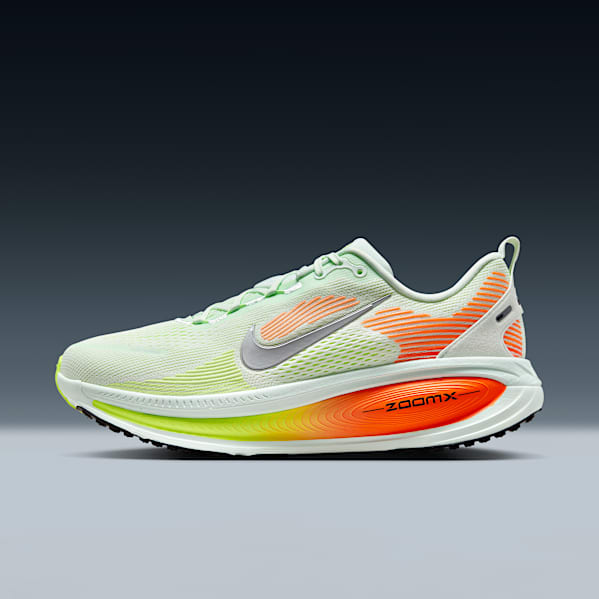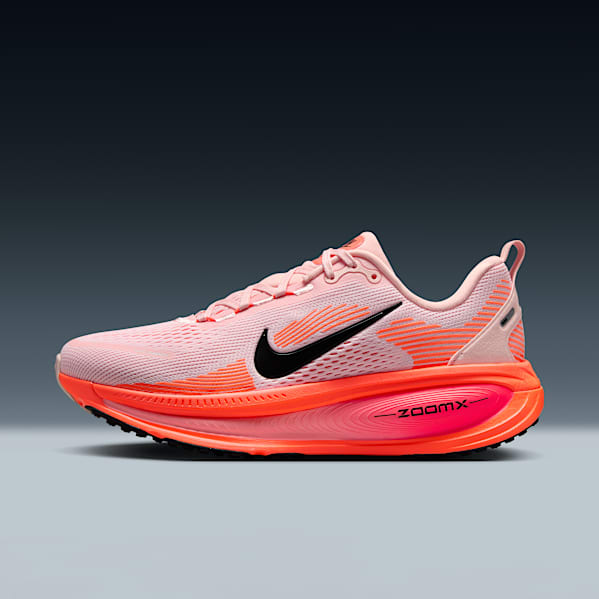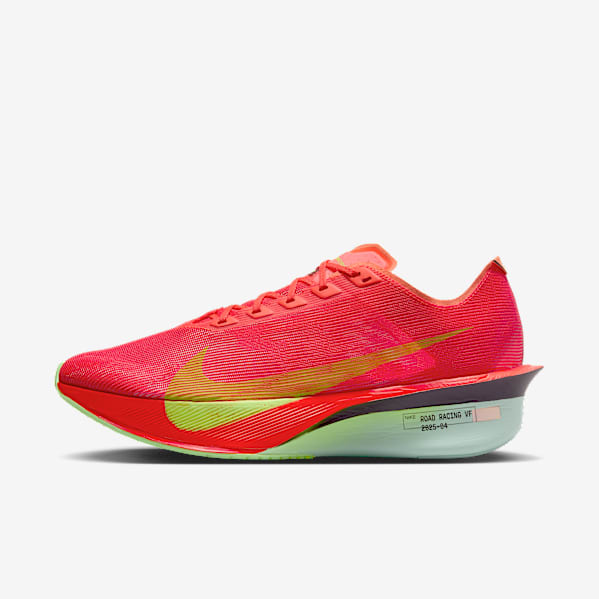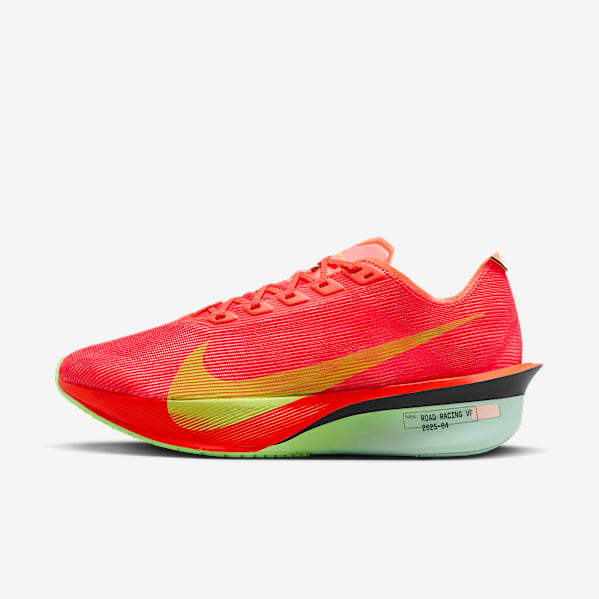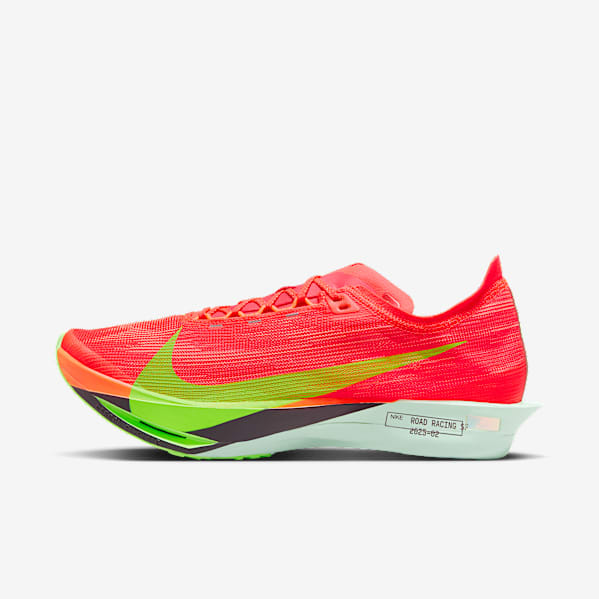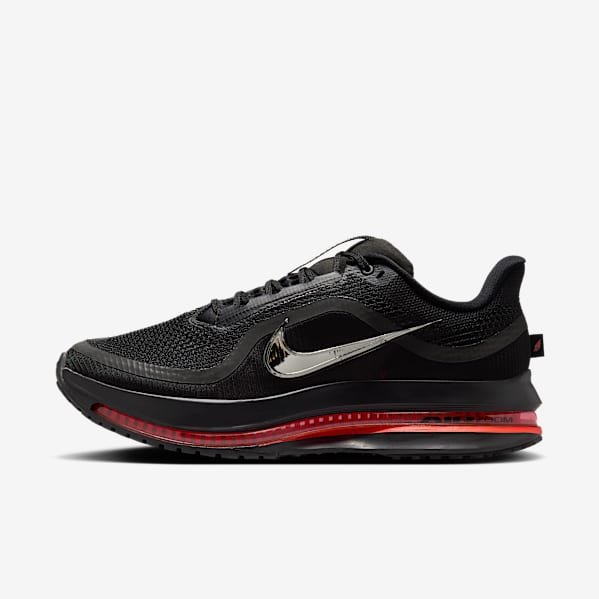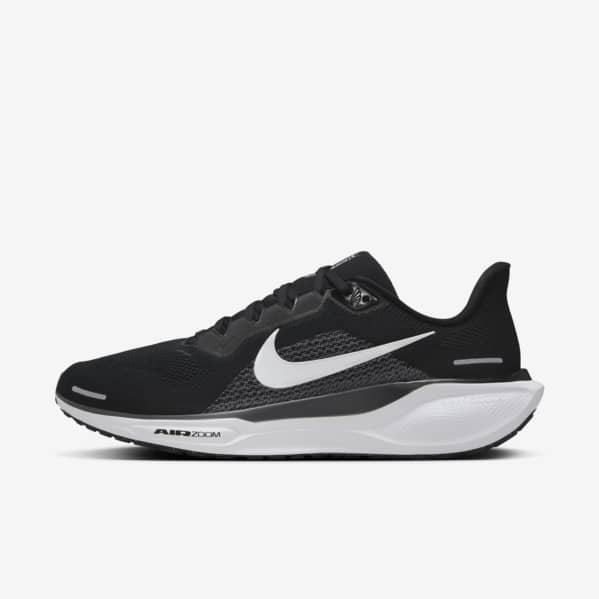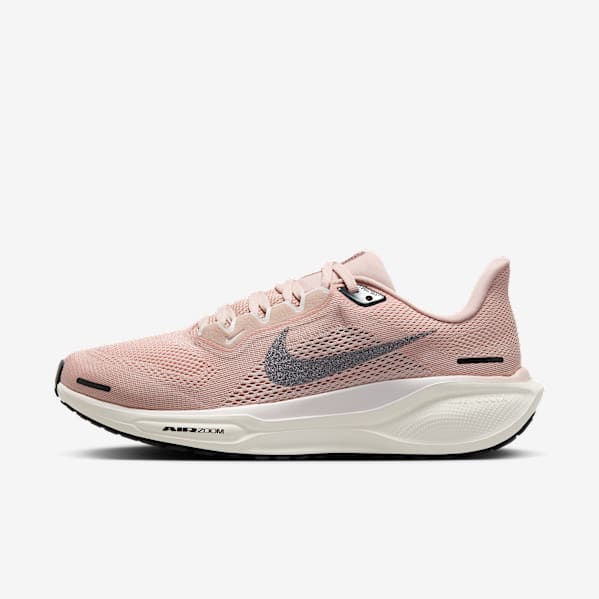Selecting the Right Running Shoes for Supination
Buying Guide
Supination is a type of foot strike that causes your feet to lean outwards. But wearing the right running shoes helps prevent pain and injury.
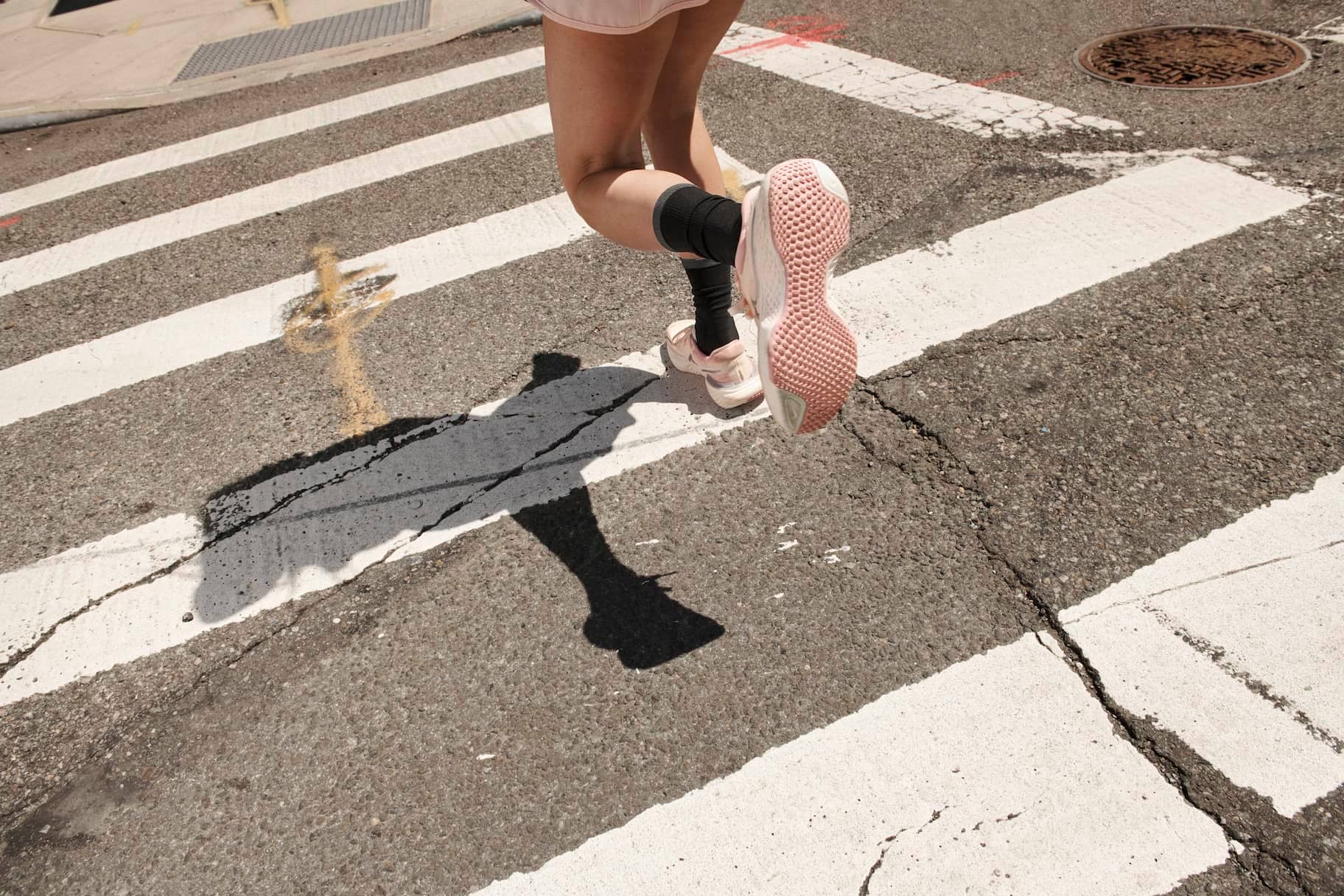
Running can be as simple as putting one foot in front of the other. But what your feet do as they hit the ground can make your run anything but easy.
Ideally, when you run, your weight is evenly distributed and your feet hit the ground on the midfoot. This is known as neutral pronation. Since your ankles and legs are properly aligned, you have a reduced risk of injury. Plus, because your weight is evenly distributed, you'll have better shock absorption as your feet hit the ground.
But both supination and pronation can mess with your gait and throw off your alignment.
- Pronation (technically, overpronation) means your foot leans too far inwards, with the weight distributed more on the inner foot and arch.
- Supination (aka underpronation) leads to your foot leaning outwards, distributing the weight on the outside edge of your foot and ankle. This can lead to ankle pain, plantar fasciitis, shin splints, sprains and iliotibial (IT) band pain.
There are a number of complex causes of foot supination. You may have an inherited foot structure prone to underpronation. This would include having a naturally high arch or an inflexible instep. Another common cause of supination is overuse, injury or muscle imbalances in your foot, ankle or leg.
If that sounds like you, the most effective way to correct excess supination is wearing the right footwear. The best shoes to fix supination have extra cushioning, good arch support and a wide toe box, which helps support the foot, encourage more pronation and absorb impact.
What to Look for in Running Shoes for Supination
1.Comfortable Fit
This may seem obvious, but getting the right shoe size—that fits both length and width—is absolutely essential for pronation. If running shoes are too small or big (or too narrow or wide), it only enhances the natural supination of your foot.2.Extra Cushioning
Your high arches aren't absorbing the impact of the ground, so it's crucial you choose running shoes with extra cushioning. Since supinators land heel to toe, look for running shoes with added cushioning at the heels to help improve your gait and protect your heels from the impact.
But you don't want to be weighed down by too much cushioning, which can cause a poor energy return for your next stride. Instead, go for running shoes with Nike React Foam technology. We've created the best of both worlds when it comes to cushioning, perfect for supinators. The foam is as soft and springy as it is squishy and stable. The benefits of this are that it absorbs the impact of the ground, while delivering an impressive energy return.
3.Wide Toe Box
Your supinated feet and toes need space to spread with every stride. A narrow forefoot will restrict your feet and further enhance the damage caused by supination, so it's important to prioritise shoes with a wider toe box.
Having more space for your toes also helps prevent plantar fasciitis, a common condition experienced by people with foot supination.
4.Arch Support
For those with naturally high arches, opt for running shoes with support on the midfoot to compensate for underpronation. In fact, wearing shoes with no arch support can actually cause supination.
Opt for running shoes that have extra cushioning and stability in the midfoot. Look for running shoes with Nike ZoomX foam. Shaped like a rocker, the foam provides support for the three phases of a runner's stride. It offers flexibility when your foot rises off the ground, a smooth ride when your foot is moving forwards and cushioning at ground contact. This midfoot arch support can counteract the effect of your high arches and help your foot achieve a more neutral strike.
Nike ZoomX foam offers shock absorption, comfort and durability against wear on the outer edge, which is a common problem area for supinated runners.
5.Ankle Support and Stability
Supination can put excess pressure on the plantar fascia, causing plantar fasciitis. Choose running shoes that are extra stable and supportive to prevent this and any other type of ankle injury.
Nike Flyknit enhances the stability of your running shoe. It's a revolutionary technology that uses high-strength fibres to create lightweight uppers with targeted areas of support, stretch and breathability. The lightweight strands of yarn that have been woven into a one-piece upper, securing an athlete's foot to the shoe platform. Fitting like a sock, the threads function like suspension-bridge cables, but still allow your feet to move freely.
6.Neutral Feel
Runners who supinate need running shoes with a neutral feel. Your naturally high arches may remove you from the feel of the ground when you run, particularly if you aren't wearing shoes with responsive cushioning.
Nike Zoom Air is a responsive low-profile cushioning that athletes can feel. Each time your foot touches down, tensile fibres are compressed to cushion the impact before quickly springing back to their original state, generating an explosive, powerful response off the ground.
The Best Nike Running Shoes for Supination

How to Tell if Your Feet Are Supinated
1.Examine Your Stride
The best way to tell if your feet are supinated is by examining your stride. You can do this by working with a podiatrist, physiotherapist or even a running-shoe-shop salesperson, who will conduct a gait analysis.
If you don't have access to a podiatrist, you can try examining your own stride by recording yourself walking or running. If you notice your feet rolling outwards when you run, it's a sign that your feet are supinated.
2.Take a Look at Your Shoes
Take a look at a pair of your favourite running shoes. Is one side more worn out than the other? If your shoes are more worn out on the outer edge of the shoe, it suggests your feet are supinated. In neutral pronation, shoes should show even signs of wear across the sole.3.The Wet Test
With wet feet, step onto a surface that will allow you to see your footprint. You can try stepping on concrete, a paper bag or a piece of paper. If very little of your foot arch has made a print, it's a sign your high arch is causing supination.
How to Fix Supination While Running
1.Practise Proper Running Form
Practising correct running form is vital if you want to fix foot supination. You may not notice that your inclination is to land on the outside of your foot due to your naturally high arches. Try to intentionally land on the balls of your foot with each stride, allowing a smooth transition from heel to toe. It may feel different at first, but with conscious effort, it will start to feel more normal.
If you have severe supination, performing certain exercises and stretches can help to improve your gait. This could be done with a physiotherapist or alone, depending on the severity of the issue.
An example of these exercises might include an Achilles stretch.
- Stand upright with feet hip-width apart.
- Release the toes of one foot from the floor, so that just your heel is on the ground and your toes are pointing upright.
- Bend the opposing leg to deepen the stretch.
- You should feel it on your Achilles and calf.
A supinated foot often causes tight Achilles tendons and calves, so performing this can help fix supination.
2.Wear Ankle Sleeves
Wearing an ankle sleeve can minimise the risk of ankle injuries, which are common for supinators. An ankle sleeve provides ankle support and reduces swelling and inflammation. A podiatrist may also recommend orthotic inserts for severe cases.3.Monitor the Wear on Your Shoes
A general rule of thumb is to replace your running shoes every six months or when you start to notice signs of wear on the soles. When the soles start wearing down, the shoes won't provide the support you need and will worsen supination.
